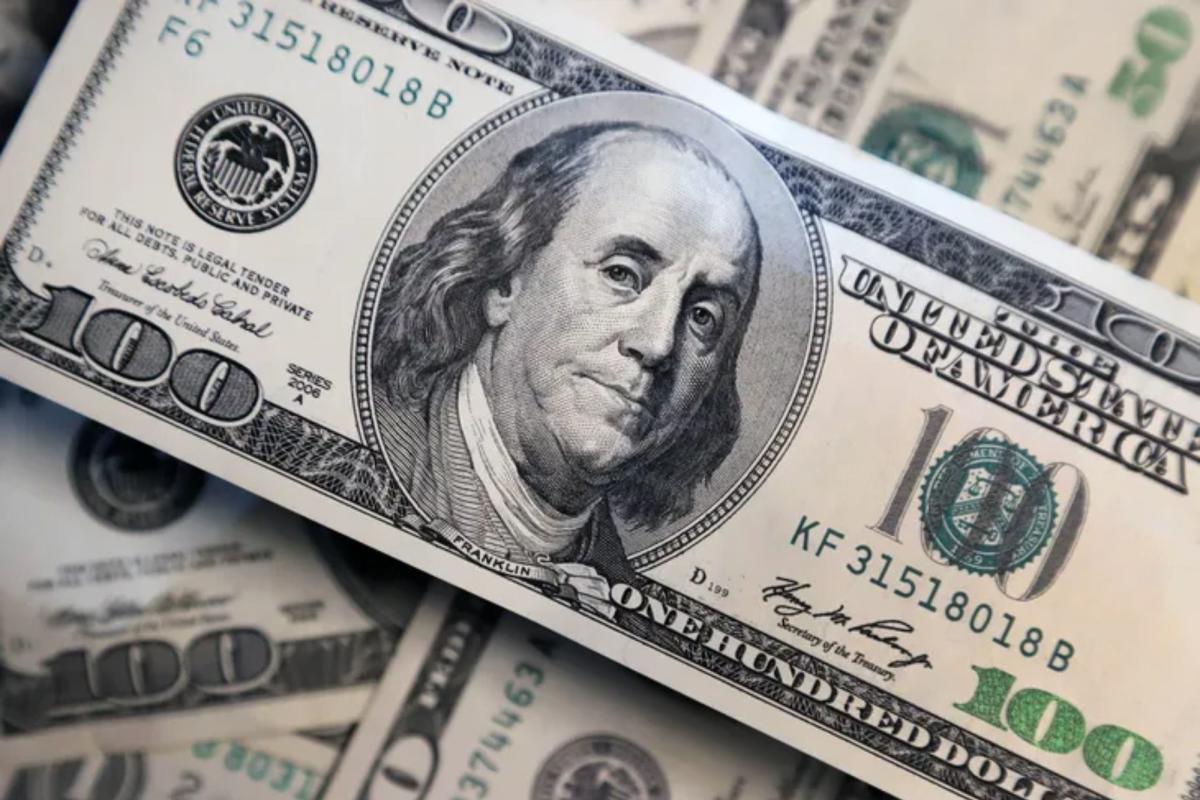Introduction To Dollar to PKR
The exchange rate between currencies is one of the most critical factors influencing global trade, economic growth, and individual financial planning. For Pakistan, the value of the US dollar (USD) to Pakistani rupee (PKR) and the British pound (GBP) to Pakistani rupee are of particular significance, affecting everything from international trade to the cost of living. In this article, we will explore the dynamics of the Dollar to PKR and Pound to PKR exchange rates, how they are determined, and their impact on Pakistan’s economy and daily life.
The US Dollar to Pakistani Rupee (Dollar to PKR)
The Dollar to PKR exchange rate is a key indicator of the economic health of Pakistan. The United States is one of Pakistan’s largest trade partners, and the value of the US dollar affects trade, imports, and remittances. A high dollar value against the rupee often signifies inflationary pressures, making imports more expensive, which can lead to a rise in the prices of everyday goods and services in Pakistan.
Historically, the Dollar to PKR rate has fluctuated due to several factors, including:
-
Global Economic Conditions: Global economic uncertainty, such as recessions or financial crises, can lead to the strengthening of the US dollar against many currencies, including the PKR. This is because the US dollar is considered a safe haven currency.
-
Political Instability: Political events in Pakistan, such as changes in government, protests, or instability, can lead to a depreciation of the rupee. Investors tend to withdraw investments from unstable markets, which increases demand for the US dollar, leading to a rise in its value.
-
Trade Balance: If Pakistan imports more than it exports, it creates a trade deficit. To pay for these imports, Pakistan requires more foreign currency, primarily the US dollar. This increased demand for dollars can lead to a depreciation of the PKR.
-
Interest Rates: The interest rates set by the State Bank of Pakistan (SBP) influence the exchange rate. Higher interest rates in Pakistan attract foreign investment, increasing demand for the rupee. Conversely, lower interest rates can weaken the rupee as investors seek better returns in other countries.
-
Foreign Exchange Reserves: The country’s foreign exchange reserves play a pivotal role in stabilizing the exchange rate. If reserves are low, it becomes difficult for the government or central bank to stabilize the currency, leading to depreciation.
The Dollar to PKR rate is constantly updated, and businesses and individuals alike monitor these fluctuations to make informed financial decisions. For example, the cost of importing goods from the US or paying off foreign loans increases if the dollar appreciates, putting pressure on businesses and consumers.
The British Pound to Pakistani Rupee (Pound to PKR)
Similarly, the exchange rate between the Pound to PKR has a significant impact on Pakistan’s economy. The British pound is another major global currency, and the UK has a long-standing economic relationship with Pakistan. The exchange rate of the pound to rupee affects both trade and remittances.
Many Pakistanis live in the UK and send remittances back to their families. Fluctuations in the Pound to PKR exchange rate directly impact the amount of money sent by overseas Pakistanis. For example, if the pound strengthens against the rupee, expatriates can send more money home, which improves the financial situation of families relying on remittances.
Factors influencing the Pound to PKR rate include:
-
Global Political Events: Political changes in the UK, such as the impact of Brexit, can lead to shifts in the value of the pound. If the UK economy strengthens, the pound may rise against the rupee, while economic instability could cause the pound to weaken.
-
Interest Rates in the UK: The Bank of England’s monetary policy plays a role in determining the pound’s value. Higher interest rates in the UK generally make the pound stronger as they attract foreign investment.
-
Economic Indicators: The UK’s economic performance, including GDP growth, inflation rates, and unemployment rates, influences the value of the pound. Strong economic performance tends to strengthen the pound, while economic challenges can weaken it.
-
Global Commodity Prices: Like the US dollar, the pound’s value is also influenced by the prices of commodities such as oil, gold, and other resources. Changes in global commodity prices can lead to fluctuations in exchange rates.
The Pound to PKR rate is of particular interest to businesses involved in the import and export of goods with the UK. Additionally, remittances from the UK are an essential source of income for many families in Pakistan, and changes in the exchange rate can have a direct impact on their standard of living.
Factors Influencing the Dollar to PKR and Pound to PKR Rates
Both the Dollar to PKR and Pound to PKR rates are affected by a variety of domestic and international factors. Here are some of the most significant ones:
-
Inflation Rates: High inflation in Pakistan often leads to a depreciation of the rupee, making foreign currencies like the US dollar and British pound more expensive. The inflationary pressures are usually driven by a combination of internal demand, supply shortages, and changes in global commodity prices.
-
Balance of Payments: If Pakistan imports more than it exports, it leads to a trade deficit, increasing demand for foreign currencies. As a result, the exchange rates for both the US dollar and the British pound against the Pakistani rupee tend to rise.
-
Foreign Investment: Foreign direct investment (FDI) and foreign portfolio investment (FPI) can influence the value of the rupee. If Pakistan attracts more foreign investment, the demand for the rupee increases, which can appreciate its value. Conversely, capital outflows due to political instability or economic uncertainty can weaken the rupee.
-
Central Bank Policies: The State Bank of Pakistan plays a central role in managing the country’s exchange rate through its monetary policies. If the SBP wants to stabilize the rupee, it may buy or sell foreign currencies or adjust interest rates. These policies can have a significant impact on the Dollar to PKR and Pound to PKR rates.
-
Global Events: Economic crises, pandemics, and geopolitical tensions can affect global financial markets and lead to shifts in currency values. For example, during times of global economic downturn, investors may flock to the US dollar and British pound, causing the value of these currencies to rise against others, including the PKR.
How the Dollar to PKR and Pound to PKR Affect Daily Life in Pakistan
The Dollar to PKR and Pound to PKR exchange rates have a direct impact on daily life in Pakistan, especially for individuals and businesses involved in imports, exports, and remittances.
-
Cost of Imports: A weaker rupee against the dollar or pound means that imports from countries like the US and UK become more expensive. This can lead to higher prices for goods such as electronics, cars, and oil, which directly affects consumers.
-
Remittances: Pakistanis working abroad, particularly in the US and UK, send significant remittances back home. A favorable exchange rate means that families in Pakistan receive more money, which improves their financial stability. On the other hand, a weaker exchange rate can reduce the amount of money they receive.
-
Inflation: A high exchange rate for the dollar or pound often results in inflation. As imports become more expensive, businesses pass on these costs to consumers, leading to higher prices for everyday goods and services.
-
Tourism: Exchange rates also impact tourism. A stronger rupee means that Pakistani travelers get more value for their money when traveling to the US or the UK, making trips more affordable. Conversely, a weak rupee makes international travel more expensive.
Conclusion
In conclusion, the Dollar to PKR and Pound to PKR exchange rates play a vital role in shaping Pakistan’s economy and affecting the financial lives of its citizens. Fluctuations in these exchange rates can have widespread consequences, from influencing trade to determining the affordability of goods and services. By understanding the factors that influence these rates, individuals and businesses in Pakistan can better prepare for the economic challenges that arise from changes in currency values.
As the global economic landscape continues to evolve, it will be essential to monitor the exchange rates closely to understand their implications for Pakistan’s economy and financial well-being.




